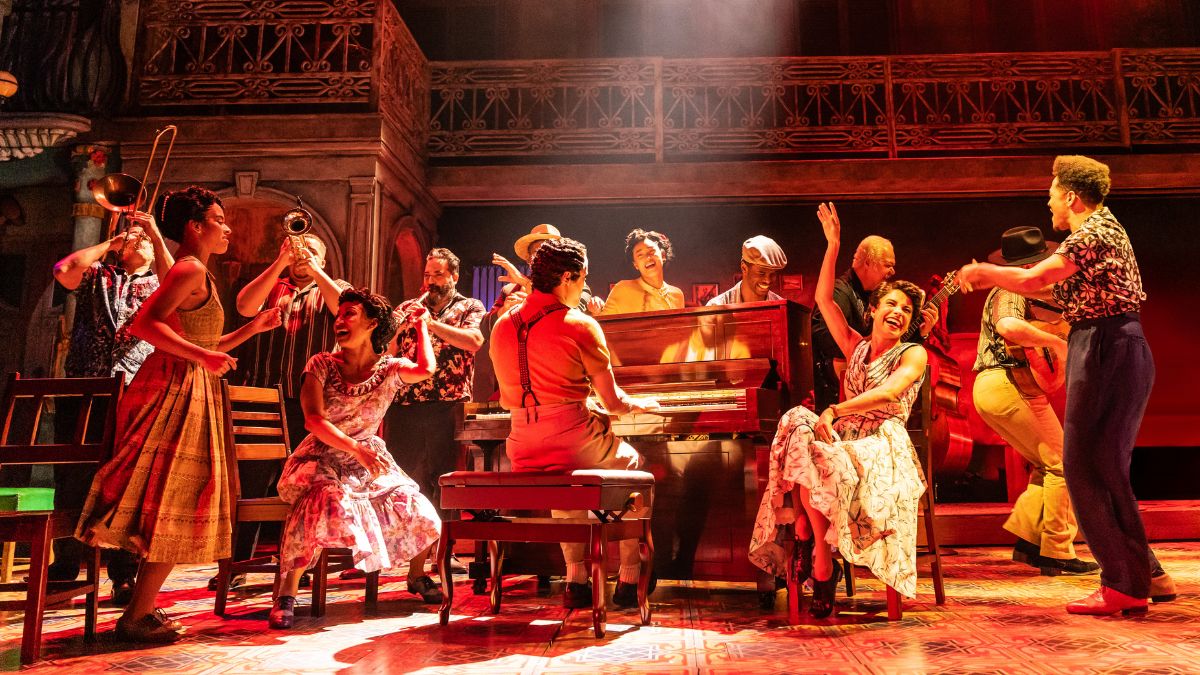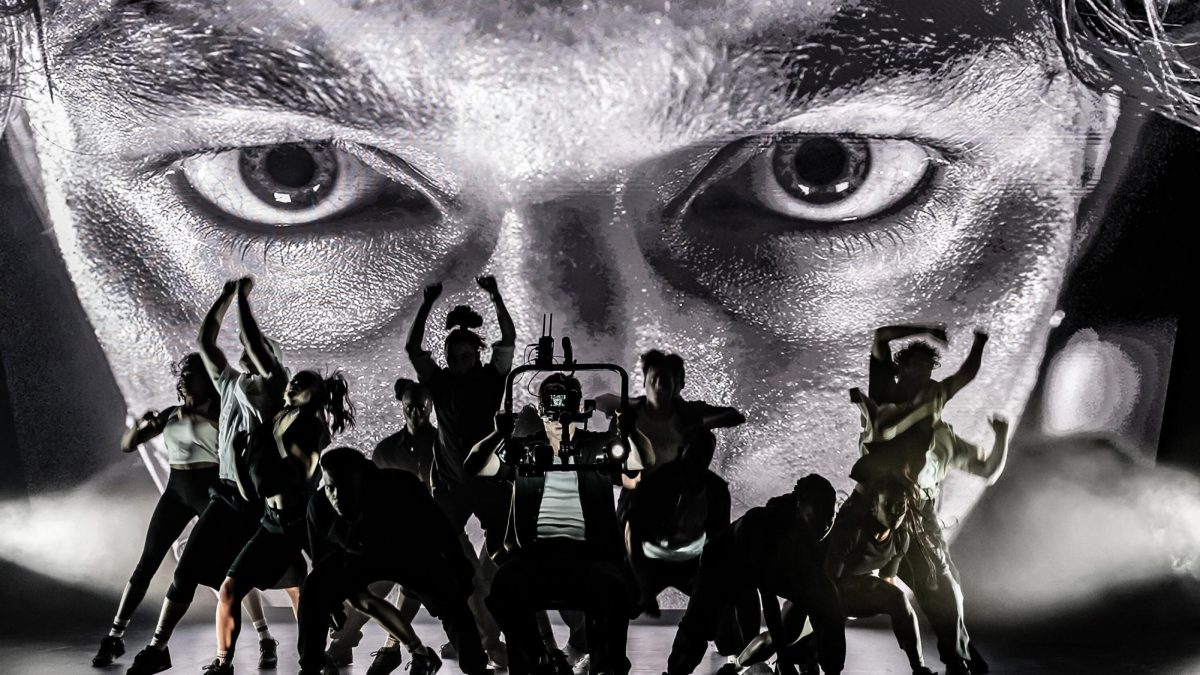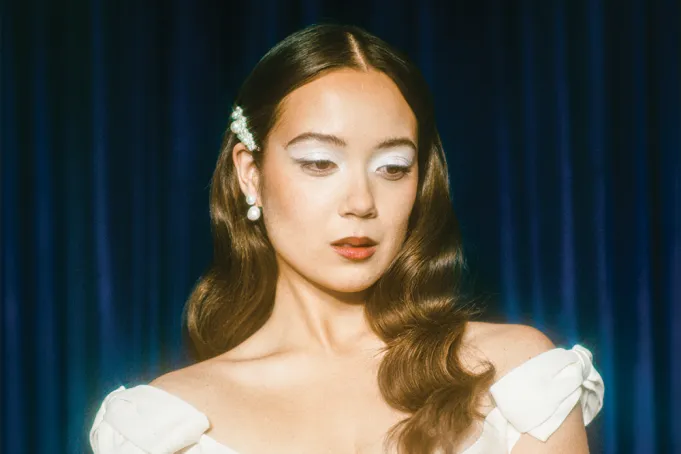The most beautiful show on Broadway in story and in scenery, Buena Vista Social Club is a celebration that is filled with love for music, Cuba, and the true story behind the incredible and influential album by the same name. The musical is about the events leading up to the album recording and the recording itself, told with two intertwining stories that take place in 1958 and 1996. In 1958, Omara Portuondo is pulled in two different directions: leaving Cuba to sing with her sister in America, and staying to sing the songs she wanted to sing at the Buena Vista Social Club. Made more serious by the political circumstances of the time, Omara struggles to pick a side. Other real-life singers, such as Ibrahim Farrer and Compay Segundo, are also caught up in political unrest and introduce Omara to traditional Cuban music, starting her internal conflict over choosing between her sister and herself. In 1996, Omara has stopped singing and rejects the concept of the recording. She deals with conflict over past loves, regrets, and losses. Through the play, the audience heals alongside Omara (played by the immensely impressive Natalie Venetia Belcon) and sees the heart behind the internationally successful album.
Buena Vista Social Club, opening with a sequence of social dancing in 1958, blends past and present even in the first few minutes, as the well-known organizer of the album recording (Juan de Marcos González) provides narration to set the scene in 1958 before he appears as an actual character in 1996. The set design features an authentic and beautiful representation of the real-life Buena Vista club, a version of the extravagant Tropicana night club where Omara and her sister sing, and a recording studio that is central to the story. Isa Antonetti, playing young Omara, has a voice that fills the entire theatre with emotion and skill. Her portrayal was incredibly well-done, and the way she played Omara was real in a way that connected with the audience on a personal level.
All of these sets are complemented by 1950s costuming that makes the show’s choreography stand out, as well as lighting that is particularly impressive (the two examples that come to mind are the show’s false windows with vibrant, glowing sunsets behind them and a shockingly realistic representation of sunlight through a dilapidated roof, the second of which I truly believed was a real window.) A recent winner of the Tony award for choreography, the show also won awards for sound design and orchestrations, and Natalie Venetia Belcon received an award for her stunning portrayal of Omara Portuondo. Another honor the show was given was the ability to perform to the actual Omara, who joined the audience on the opening night of Buena Vista Social Club. Her presence reinforces the identity of the show as a celebration of Cuban culture and an examination of the complex history of the country. While the show brings up strong commentary on the political state of Cuba and the effect of governmental turmoil on the people, it is also a beautiful representation of how music is healing and cathartic, and, with love and care, tells a story of Cuba that is so important to preserve.








